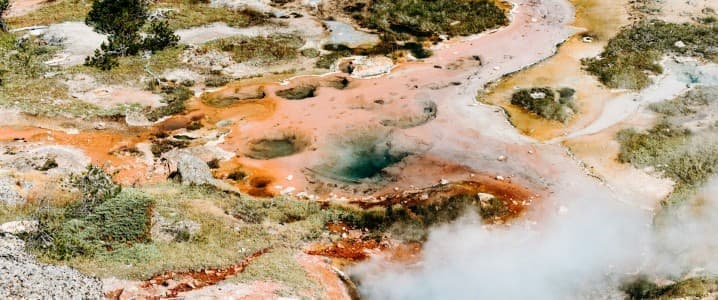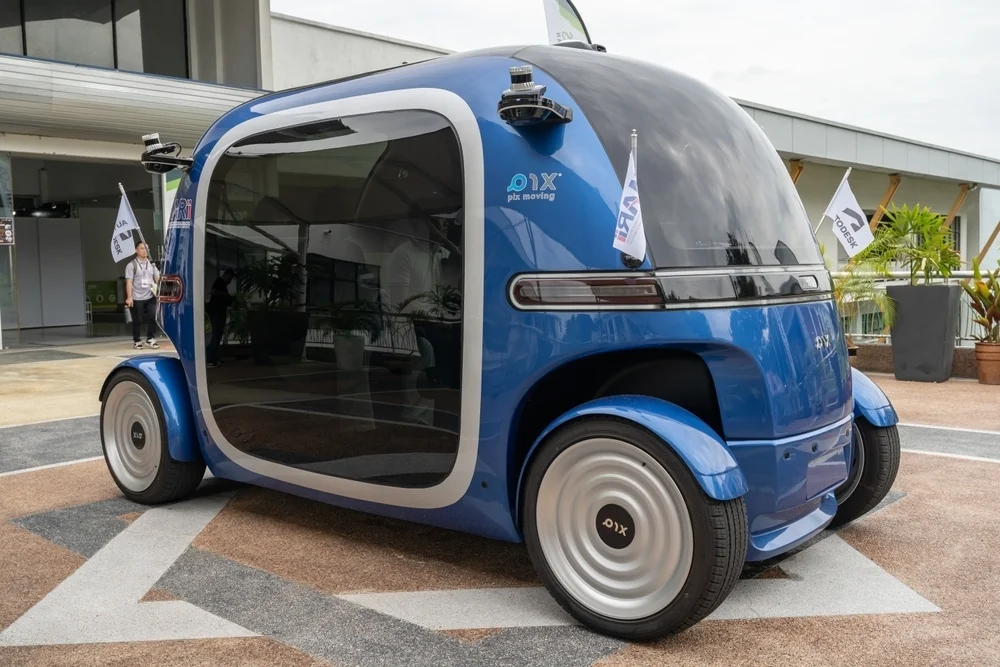
Artificial Intelligence integration could seriously accelerate the arrival of a tipping point for commercial-scale geothermal energy development across the United States. While geothermal energy is abundantly available deep under our feet, finding optimal places to drill for it is no easy task. But AI could dramatically change the exploration and discovery process to make geothermal development quicker, cheaper, and more efficient.
“To grow as a national solution, geothermal must overcome significant technical and non-technical barriers in order to reduce cost and risk,” reads a 2019 U.S. Department of Energy (DOE) report on geothermal resources development. “The subsurface exploration required for geothermal energy is foremost among these barriers, given the expense, complexity, and risk of such activities.”
A Utah-based startup called Zanskar energy is currently piloting a novel AI-integrated model to overcome these barriers. The company has demonstrated repeated success in finding commercially viable locations for geothermal energy production. The first of these projects, the Lightning Dock facility in New Mexico, has proven to be “the most productive pumped geothermal well in the U.S.” according to Zanskar’s own estimation. And now, the company has announced a second deep geothermal site discovery at northern Nevada’s Pumpernickel site.
“Our vertically-integrated, AI-native approach to geothermal development is delivering the speed to discovery and speed to development necessary to meet the new paradigm of rapid energy demand growth,” Zanskar co-founder and CEO Carl Hoiland was quoted by Clean Technica. “These latest deep drilling results only further confirm what we’ve known all along: conventional geothermal resources are far more abundant and bigger than previously believed, and are the lowest-cost route to delivering gigawatts of reliable, carbon-free, baseload power at scale.”
Geothermal has emerged as a promising clean energy technology that can provide 24/7 power production, unlike variable renewable energy sources such as wind and solar. This means that it could help to shore up energy security in an era that energy demand growth is outpacing clean energy expansion. And while geothermal has historically provided just a tiny fraction of the world’s clean energy, that could all change very quickly thanks to rapid advancements in technology.
In addition to advances in exploration and modelling thanks to AI integration and other advancements, enhanced drilling technologies have unlocked much broader potential to tap into geothermal energy from almost anywhere in the world. Heat from the Earth’s core is theoretically accessible from anywhere, provided you can dig deep enough. And enhanced geothermal systems are finding ways to dig down deeper than ever, thanks to innovations built on technology borrowed from the oil and gas sector and even nuclear fusion.
While AI is helping to revolutionize geothermal energy, it’s also a huge part of the reason that geothermal is gaining so much interest to begin with. While the spread of artificial intelligence ratchets up global energy demand growth projections, private and public investors are increasingly adopting an all-of-the-above approach to energy production. And in the United States, geothermal is one of the rare clean energies that has broad bipartisan support. As such, the sector is one of many cashing in on the “artificial intelligence-driven power boom” according to Bloomberg.
If geothermal energy continues to break technological barriers while enjoying a supportive policy environment, the potential for the sector is considerable. A report released earlier this year by New York-based research firm the Rhodium Group estimates that “geothermal could economically meet up to 64% of expected demand growth by the early 2030s.” This marks a remarkable rate of expansion – currently, geothermal energy makes up just 0.4% of the United States energy mix.
However, advances in geothermal technology and policy have majorly outpaced talent generation, presenting a considerable speed bump for development. The sector is already facing a critical workforce shortage that will be greatly exacerbated by the industry’s rapid projected growth. But as the sector becomes a more visible and viable employer, hopefully the next generation of engineers and geologists will start catching on.
By Haley Zaremba for Oilprice.com
More Top Reads From Oilprice.com
Why Iraq Wants Solar Despite Centuries of Oil Reserves
Petrobras Clears Key Hurdle for Amazon Drilling
Eni Sells 30% in Cote d’Ivoire Oil and Gas Project to Top Trader



